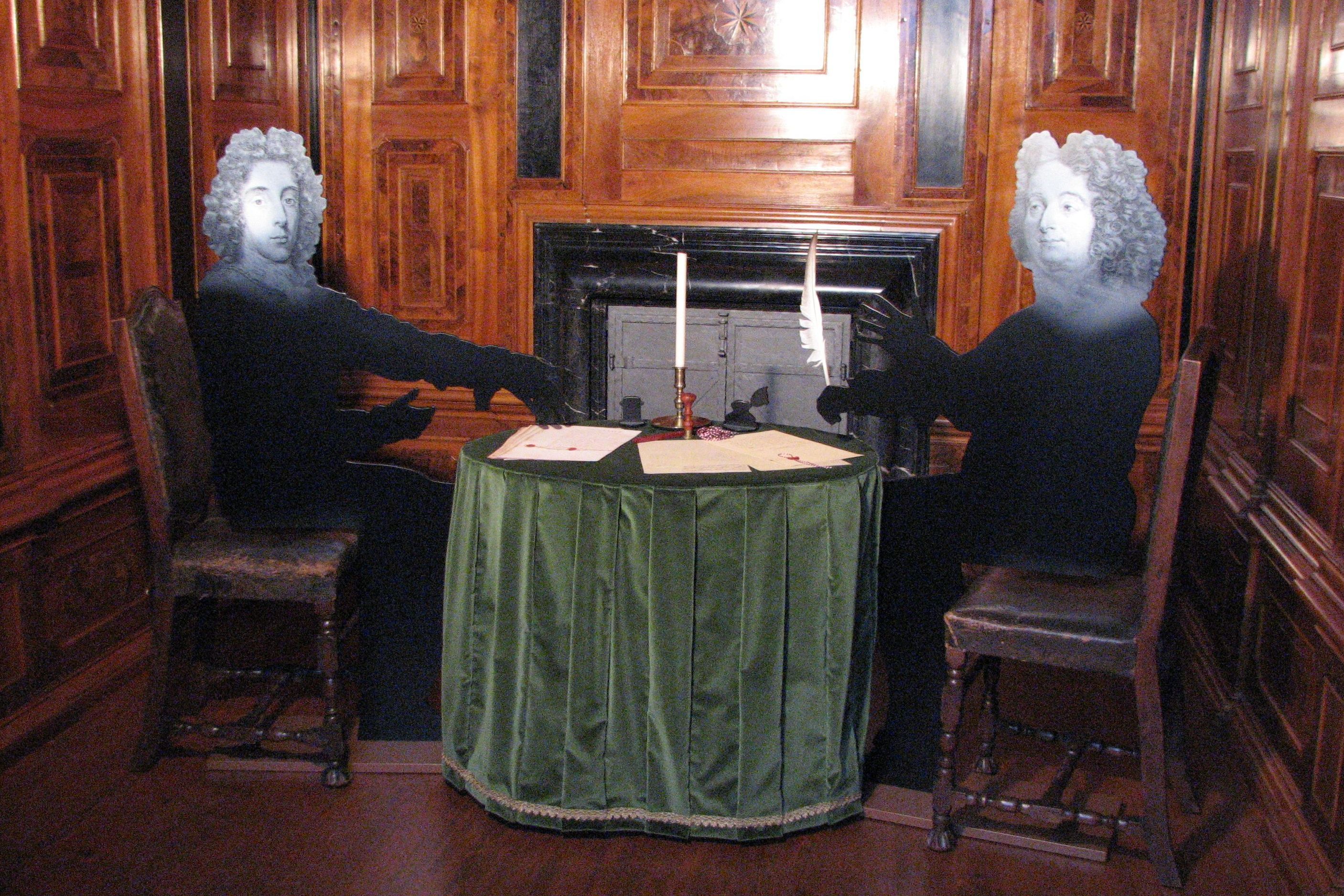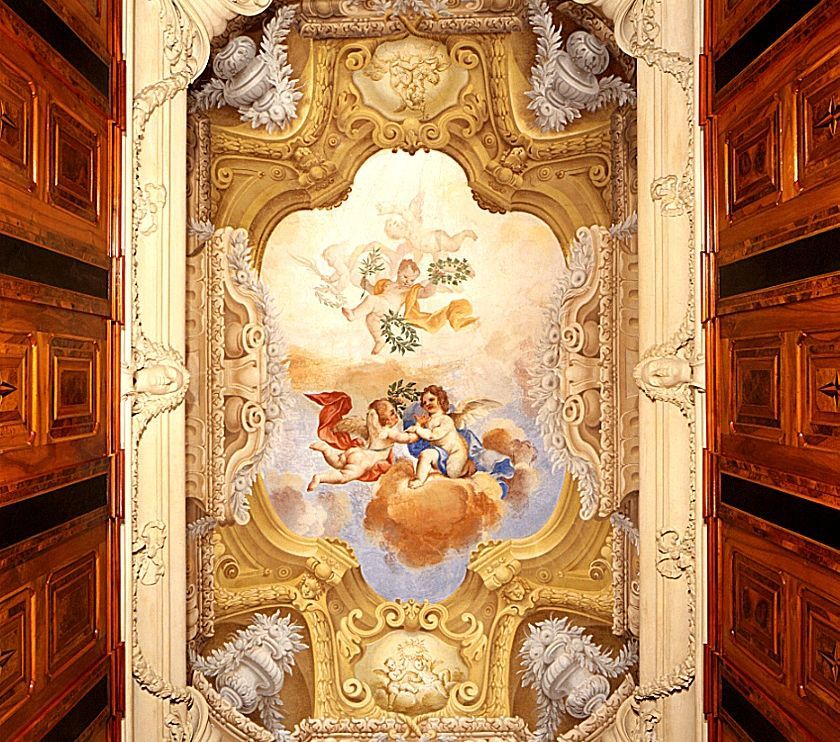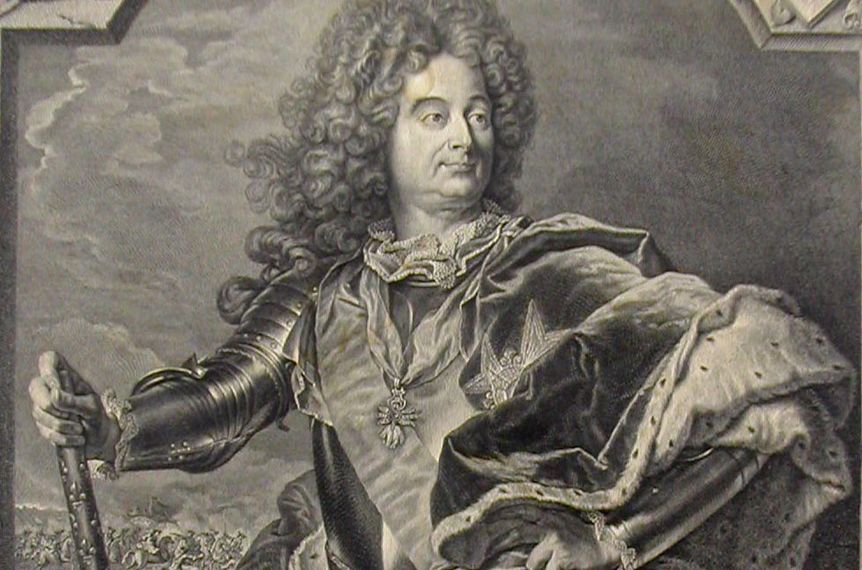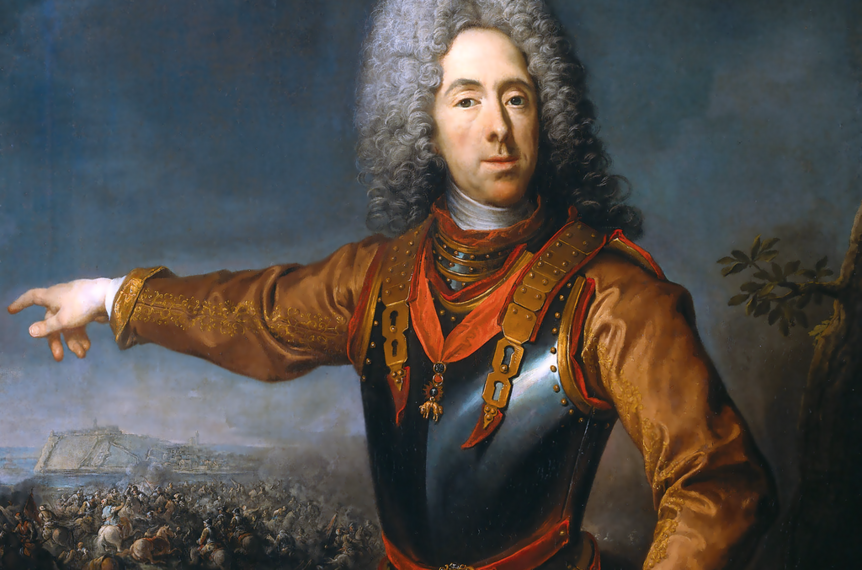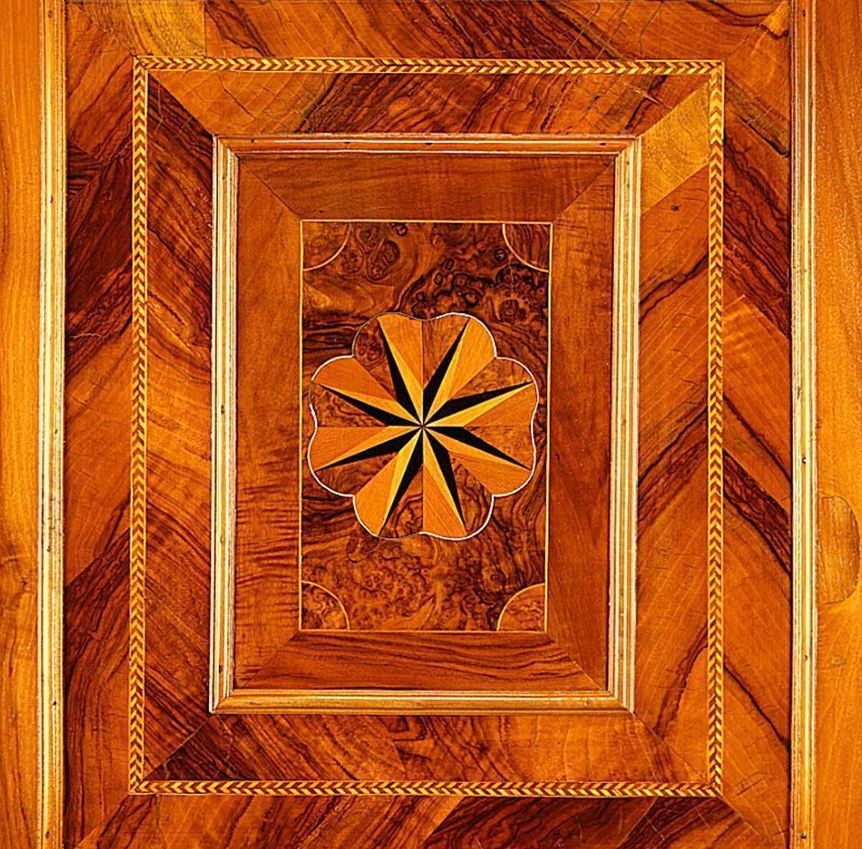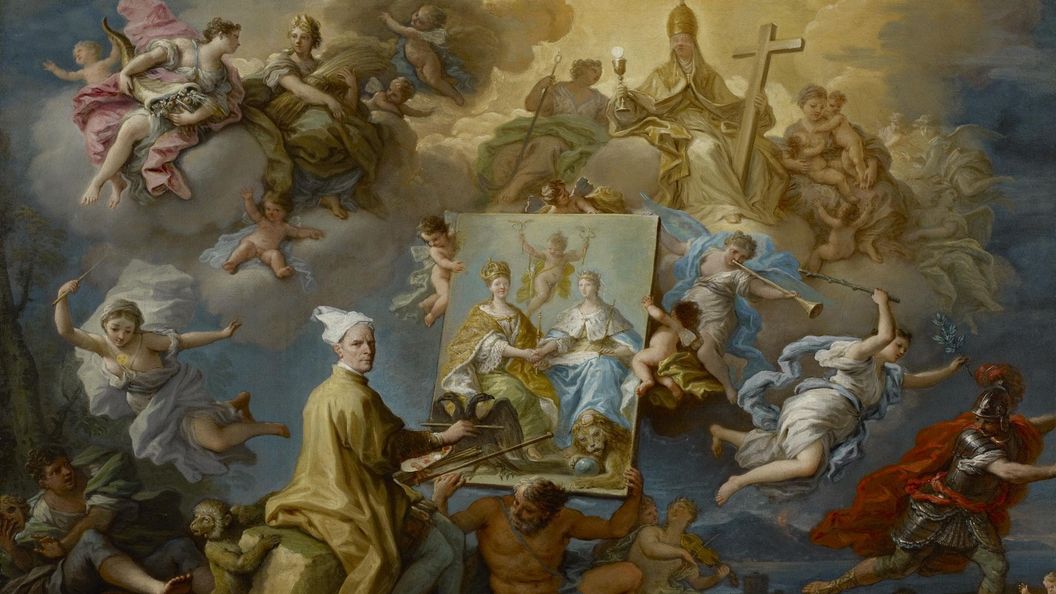Finally, peace!
The Treaty of Rastatt essentially confirmed the agreements from the 1713 Treaty of Utrecht. After the Treaty of Rastatt, the Treaty of Baden was signed in the same year by additional participants in the war, in particular, France and the Holy Roman Empire. The result of the treaty: France had to vacate the territory it had conquered on the right side of the Rhine, but remained in possession of the city of Landau in the Palatinate and its fortress. Breisach on the Rhine, Freiburg in Breisgau and Kehl, the Spanish Netherlands, Sardinia and the parts of Italy that once belonged to the Spanish crown, including Lombardy and the Duchy of Milan, the Duchy of Mantua, and the Kingdom of Naples went to Austria.



